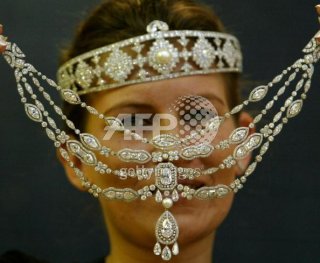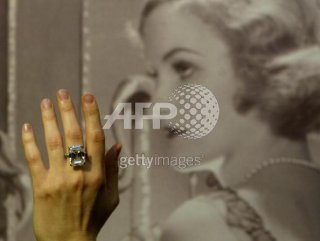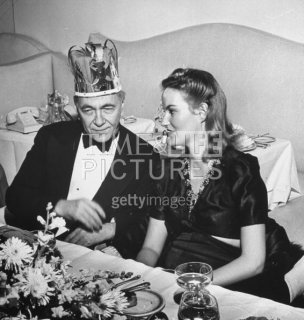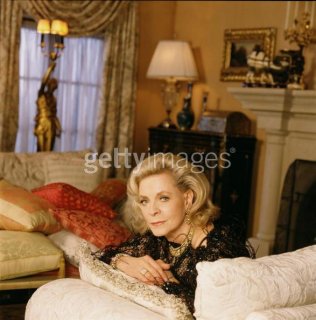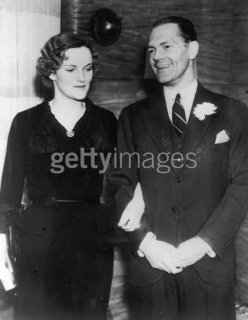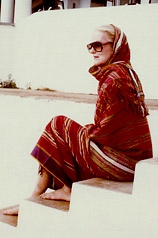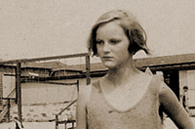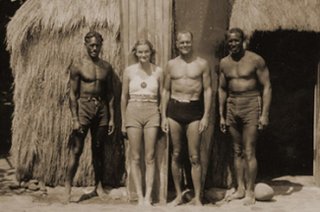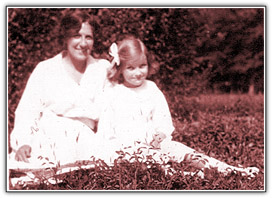Doris Duke
On November 22, 1912, J.B. and Nanaline Duke’s first and only child, Doris, was born into one of the wealthiest families in America.
From the beginning, Doris was the darling of her father, a man already in his fifties. He offered her the opportunities that came with prosperity, but he also conveyed to her much of his own philosophy about life. Throughout her life, she enjoyed the large estate that her father left her, but she was careful never to fritter away money, as so many other children of fortune had done.
J.B. Duke died in 1925 at the start of Doris’ teenage years. Doris grew up in many places, but spent most of her time in New York, where she received private tutoring.
But it was Duke Farms that Doris Duke adored because the estate was truly a creation of her father, and she associated it closely with him. It became a touchstone through her life and was the house that she identified as her home and principal residence. Her business affairs and personal finances were managed through its offices, and it was where most of her family photographs were kept.
Doris Duke seemed to have chafed at the bonds that held young women captive in the 1920s and 1930s. She felt the urge to travel and explore cultures and lifestyles different from those within which she had been raised.
In 1935, at the age of 22, Doris married James Cromwell, the handsome, dilettante son of Eva Cromwell Stotesbury. Their honeymoon, which took them around the world, awakened Doris Duke’s interest in other cultures and began her adoration of Hawaii, where she constructed her estate
Shangri La from 1936 to 1938. In the same manner that Duke Farms was very much her father’s creation, Shangri La was Doris’ architectural statement.
Doris Duke became a collector with an educated and perceptive eye, and she acquired notable collections of Islamic and Southeast Asian art, as well as a varied display of fine jewelry. In fact, whether she was 25 or 75, Doris Duke consistently devoted painstaking attention to her homes and collections. Only now after her death are her innovativeness and many interests becoming evident to those who lived outside her private circle.
Doris Duke had a passion for all things aesthetic, whether it was Islamic art, historic preservation, music and dance, or the natural environment around us. Ultimately, Doris Duke’s legacy is the charitable expression of her many interests, through agencies such as the
Doris Duke Charitable Foundation, the
Newport Restoration Foundation, the Duke Farms Foundation and the
Doris Duke Foundation for Islamic Art.


